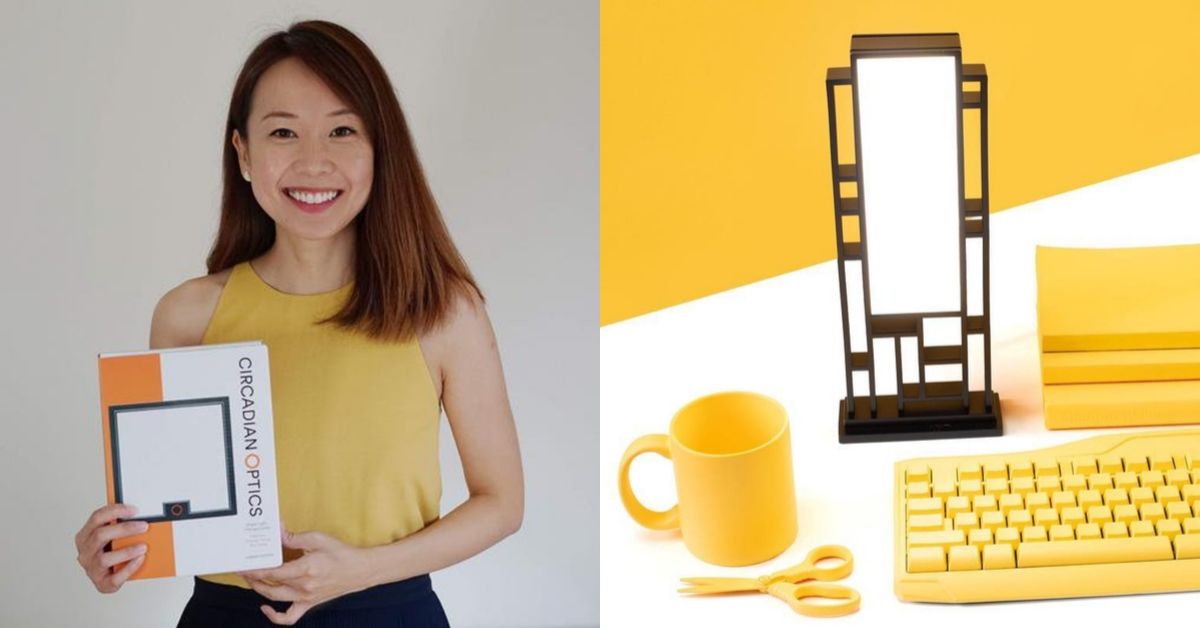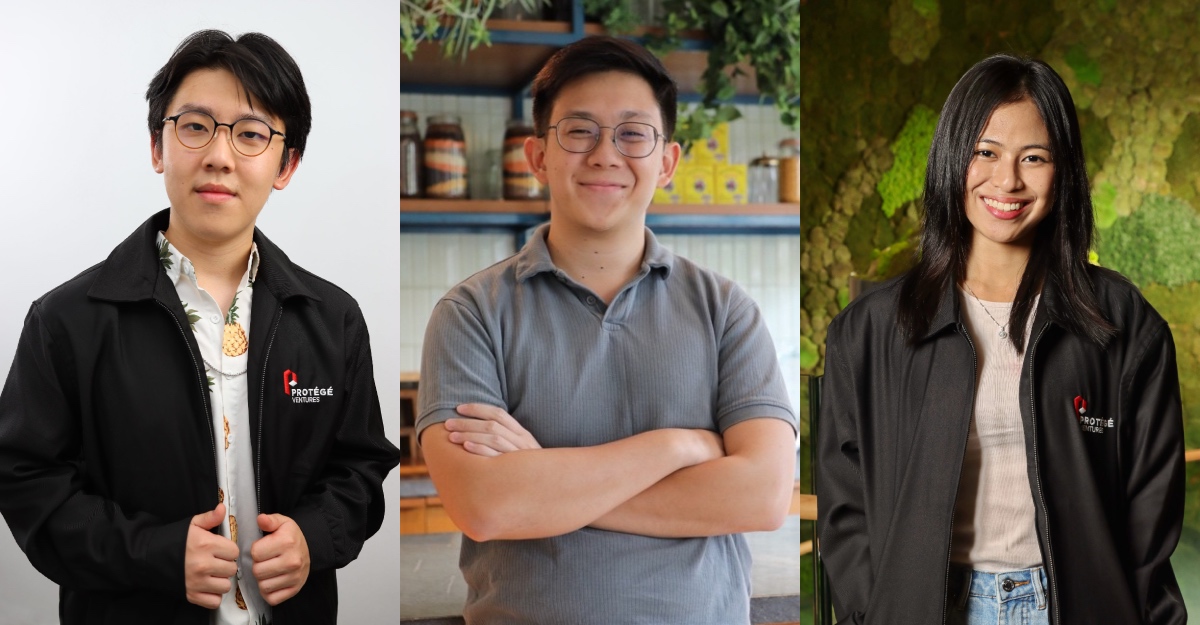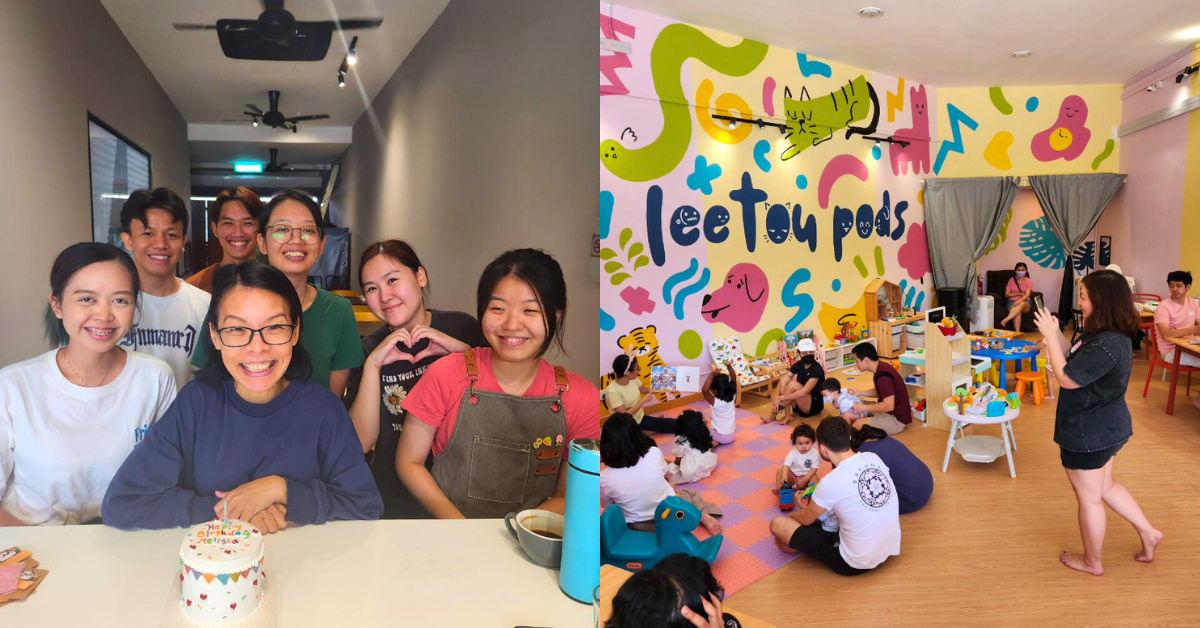You have probably heard about Amber Leong by now, but for those of you who haven’t, tune in to season 11, episode 2 of Shark Tank. This episode is where she became the first Malaysian to be featured on the popular US reality show.
Circadian Optics was the business she pitched to the judges, earning her US$800,000 for 20% equity split evenly between investors Mark Cuban and Lori Greiner.
The 35-year-old entrepreneur not only won the judges over with her confident pitch, but she also managed to bring the judges to tears with her real-life ‘American Dream’ story.
She detailed her poor background, her survival of a life-threatening condition (toxic shock syndrome), and how she founded her own company, Circadian Optics.

Speaking of her company, we grew curious about the products she sells, so we decided to take a closer look at what they were exactly.
Getting Into The Rhythm
Alongside husband Kin Mun Chew, Leong founded Circadian Optics in 2016. Her Minneapolis-based company sells stylish light therapy lamps that are designed to help users regulate their circadian rhythm by mimicking the colour and brightness of the sun.
But what is a circadian rhythm?
According to the National Institute of General Medical Sciences, circadian rhythm is your body’s behavioural changes that follow a daily cycle, such as feeling alert during the day and sleepy at night.
This rhythm is important because it regulates critical functions such as hormone levels, eating habits, sleep, body temperature and other necessary bodily functions.

Amber experienced a disruption of her rhythm firsthand while working as a brand manager at Jack Link’s Beef Jerky in Minnesota. She started to notice that her energy levels and concentration were declining during a rough winter.
As she told Mashable SEA, winters in Minnesota are long, cold and dark, and the lack of light was affecting her negatively.
After reading about the importance of light, she decided to get a light therapy lamp for herself, which immediately made her feel more energetic and focused.
The only problem was that she would often be teased by her co-workers for it, as these lamps were not the best-looking of desk accessories.
Noticing a gap in the market for stylish light therapy lamps, Amber decided to design and make her own.
Your Own Miniature Sun
Since then, Amber has been doing quite well, sharing on Shark Tank that her company has booked US$7.4 million in lifetime sales through her website. They sold US$4 million worth of products last year, with expectant sales of US$5.6 million this year.
For some perspective, the revenue generated by the light therapy market in Asia Pacific alone surpassed US$175 million in 2018, with the global market predicted to be worth US$1 billion by 2025.
It’s evident that the market holds numerous competing brands that sell light therapy lamps.
But Circadian Optics Lamps hopes to differentiate themselves with their emphasis on functional style. These are its designs:
- Lumine, their most minimalist square design,
- Luxy, a travel lamp and Winner of the Cleverest Award by Architectural Design,
- Lumos, their first design and current top seller, which features a rotating light panel,
- Lattis, a decorative, functional work of art,
- and Lampu, a round design inspired by the sun, obviously named as a nod back to her Malaysian roots.

Circadian Optics recommends the best time to use light therapy lamps to be in the morning. This is because exposure to light in the early part of the day stimulates your eyes and body clock, helping you stay awake, alert and energetic throughout the day.
All it takes is 15 to 60 minutes of exposure at home, at your office, or anywhere else you can put your lamp.
They even claim that their LED lamps are UV-free so you don’t have to worry about skin damage after exposure.
Though be warned, some may still experience side effects including mild headaches, eyestrain, nausea and hyperactivity.
The lamps are not exactly affordable (at least not for us in this region) with prices ranging from US$44.99 (about RM188) to US$74.99 (about RM314).
Thankfully, Circadian Optics states that the LED lamps can last 50,000 hours of use, which basically means you won’t have to replace the bulb for a long time, if ever.
Lighting Up The World
Amber told The Star that she and her husband seek to “bring light to the world” and help people maintain their circadian rhythm under the harshest of weather.
One day, she even hopes to have a strong presence back in Malaysia and to contribute to the country’s economy.
Most of you may have already thought to yourselves that we don’t have winter or long nights, so would these lamps have a market here?
“I do think Malaysians can benefit from light therapy, especially those who work in dark offices,” she told SAYS.
Indeed, Malaysians don’t experience Season Affective Disorder (SAD) due to the lack of changing day-night cycles prevalent in more seasonal regions of the world.
However, we are guilty of spending a lot of time working indoors, in dimly lit rooms, and in front of artificial screens while avoiding the sun.
At the moment, Circadian Optics is only available in the US, so it may be a while before our very own shark tank survivor returns to bring us light.
- You can also read what we have written about other Malaysian startups here.
Featured Image Credit: Circadian Optics









